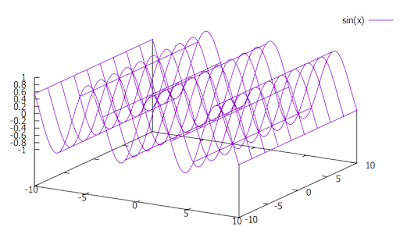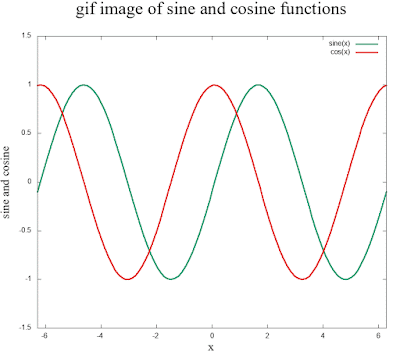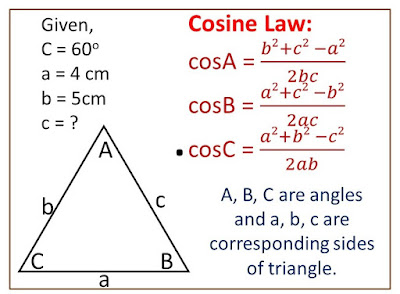work, energy and power | numerical problems and solutions (+2 level)
Relations for numerical problems:
......................................................
1. Work done by a constant force `\vec F`, `W = \vec F \cdot \vec s`
2. Work done by variable force, `W = \int \vec F \cdot d \vec s`
3. Instantaneous power, `P = \frac{dW}{dt}`
4. Average power = `P = \frac{W}{t}`
......................................................
Numerical:
.....................................................
Q.1) How many joules of energy does a 100-watt light bulb use per hour ? How fast would a 70 kg person have to run to have that amount of energy ?
Solution:-
Given,
power = P = 100 watt
time = t = 1 hour = 60 mins. = 3600 secs.
energy = E = ?
mass = m = 70 kg
Using the relation of power and energy(work done),
`E = P \times t = 100 \times 3600`
`E = 3 \cdot 6 \times 10^5 J`
Also for second part,
`E = \frac{1}{2}mv^2`
or, ` v = \sqrt{\frac{2E}{m}}`
or, `v = \sqrt{\frac{2 \times 3 \cdot 6 \times 10^5}{70}}`
`v \approx 101 ms^-1`.
`\therefore` Energy is `3 \cdot 6 \times 10^5` J and velocity is `101 ms^-1`.
..........................................................
Q.2) A man cycles up a hill, the slope of which is 2 in 49 at the rate of 5 `ms^-1`. The weight of the man and the cycle is 75 kg. Find his horse power. (g = 9.8 `ms^-2`).
Solution:-
Given,
mass = m = 75 kg
g = 9.8 `ms^-2`
velocity = v = 5 `ms^-1`
and `sin \theta = \frac{2}{49}`
Now the net force applied by the man in an inclined plane is `mg sin\theta`.
i.e. `F = m \times g \times sin \theta`
or. `F = 75 \times 9.8 \times \frac{2}{49}`
But, `Power = Force \times velocity`
or, `P = F \times v`
or, `P = 75 \times 9.8 \times \frac{2}{49} \times 5`
`\therefore P = 150 ` watts
Now , Horse power of the man = `\frac{P}{746}` H.P.
`\therefore` Power ` \approx 0.2` H.P.
........................................
Q.3) Two bodies of different masses are moving with the same kinetic energy of translation. Which one has greater momentum?
Solution:-
The momentum of a body of mass m moving with velocity v is, `P =mv .............(1)`.
i.e. `v = \frac{P}{m} .........(2)` and
Kinetic energy, `E_k = \frac{1}{2}mv^2`.
or, `E_k = m \frac{(mv)^2}{2(m)^2}`
or, `E_k = \frac{m}{2} (\frac{P}{m})^2 \therefore` using (2).
or, ` \frac{2E_k}{m} = (\frac{P}{m})^2`
or, `2E_k = \frac{P^2}{m}`
`\therefore P = \sqrt{2mE_k} .............(3)`.
From (3), we see that for same kinetic energy of translation, momentum of the body is directly proportional to square root of mass. This implies that the body of greater mass has greater momentum.
......................................
Q.4) A monkey of 5.0 kg swings from one branch to another branch 2.0 m higher. What is the change in it's potential energy ? What is the initial velocity and initial kinetic energy of the monkey ?
Solution:-
Given,
Mass of monkey, m = 5.0 kg
Height covered by monkey, h = 2.0 m
change in potential energy, `E_p` = ?
initial velocity, `v_i` = ?
initial kinetic energy, `E_ki` = ?
By formula,
`E_p = mgh`
or, `E_p = 5.0 \times 9.8 \times 2.0` `\therefore` g = 9.8 `ms^-2`.
`\therefore` `E_p = 98.0` J.
To find initial velocity `v_i`, we use equation of motion as
`v^2 = v_i^2 - 2gh`
or, `v_i^2 = v^2 + 2gh`
or, `v_i = \sqrt{v^2 +2gh}`
But final velocity, v = 0 because the monkey comes at rest.
so, `v_i = \sqrt{2gh}`
or, `v_i = \sqrt{2 \times 9.8 \times 2.0}`
or, `v_i = \sqrt{39.2}`
`\therefore` `v_i = 6.26 ms^-1`.
Also, initial kinetic energy is,
`E_{ki} = \frac{1}{2} mv_i^2`.
or, `E_{ki} = \frac{1}{2} \times 5.0 \times (6.26)^2`.
`\therefore E_{ki} = 97.97` J.
-------------------------------------
Thanks for the Visit !
----------------------------------------
Please FOLLOW us for more updates.
--------------------------------------










Well done, it helped me alot
ReplyDeletethanks buddy, help others to access this site.
Delete